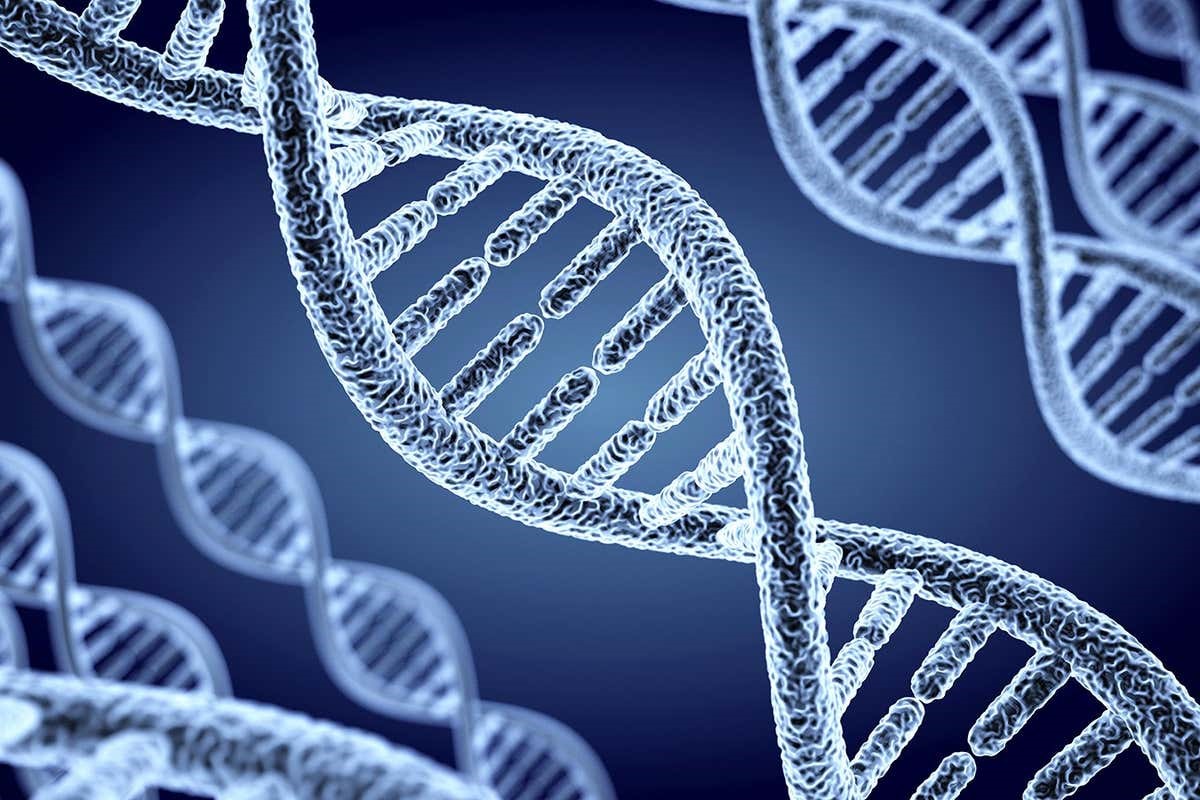Hollow Nanoparticles Linked by DNA Make Unusually Strong Materials
Researchers at Northwestern University in Illinois have developed an exceptionally strong and stiff material by binding together particles that are too small for conventional assembly methods. They achieved this by using DNA molecules to form clumps of these tiny particles. The material is composed of hollow nanoparticles and DNA, and its strength is remarkable considering the minuscule size of its building blocks.

Figure 1. Hollow Nanoparticles Linked by DNA Make Unusually Strong Materials
Figure 1 shows the nanoparticles used in this material are made from metals like gold and platinum and are approximately 100 nanometres in size. These nanoparticles come in various shapes, including solid or hollow cubes with flattened corners, as well as cube edges. This innovative material could have future applications in the creation of robust medical and electronic devices.
Creating a material with specific desired properties often involves building it from the ground up, one building block at a time. However, when dealing with nanoparticles as tiny as these, traditional assembly methods become challenging. To address this challenge, the researchers turned to DNA as a sort of adhesive.
They meticulously attached custom-synthesized DNA molecules to the nanoparticles. When these particles were mixed, the DNA segments that had a natural attraction to each other formed chemical bonds, effectively binding the nanoparticles together and allowing them to form the desired material. This innovative use of DNA as a binding agent enabled the construction of the material with the desired characteristics.
In their research, the scientists experimented with varying the shapes of the nanoparticles to construct materials with different properties. These materials were subjected to pressure testing to assess their performance. They discovered that materials constructed using mesh-like nanoparticles exhibited the highest levels of strength and stiffness.
For example, these materials outperformed conventionally manufactured materials made of nickel, which used building blocks ten times larger in size. Furthermore, the DNA-based material could endure ten times as much pressure as a nickel-based material created from solid nanoparticles. While smaller particles typically result in stronger materials, the challenge lies in their compatibility with standard manufacturing methods.
Xiaoxing Xia from the Lawrence Livermore National Laboratory in California emphasized that using DNA as a binding agent offers an additional means to control the interactions between nanocrystal building blocks. This could enable scientists to develop large, well-ordered materials whose properties can be fine-tuned by manipulating their structure, opening up new possibilities in material science.
The development of such materials through DNA-directed assembly holds promising potential for various industries. This advancement could lead to breakthroughs in electronics, medical devices, and even transportation, where the demand for lightweight yet strong materials is essential for reducing emissions and enhancing sustainability, as noted by Horacio Espinosa. While this study has unveiled only a small portion of the possibilities, there is a strong desire among researchers to explore numerous combinations of constituents and architectures in the pursuit of further innovations in material science.
Source:NewScientist
Cite this article:
Janani R (2023),Hollow Nanoparticles Linked by DNA Make Unusually Strong Materials,Anatechmaz,pp.758

